The word Powwow is the English translation of Pau Wau, which means medicine man in Narrtick. It was originally a healing ceremony performed by the tribe's spiritual or religious leaders. English settlers began to use the word to describe a meeting of Indigenous American medicine men, according to the Smithsonian Institution.
It was later used to describe any form of congregation of Indigenous American. Traditions evolved and these ceremonies became a way to “celebrate a rewarding hunt, give gratitude to the spirits for a bountiful harvest and to spiritually prepare a warrior for battle,” according to Native Hope.
Elements of these ceremonies include tribal drums, dancing, chanting, food and traditional healing rituals. In today’s society, these celebrations are still a big part of some Indigenous Americans’ lives. Many Indigenous Americans have migrated to more urban areas, and as a way to maintain their cultural identities, they have continued intertribal ceremonies.
“This gives them a chance to interact with Native Americans from other tribes, as well as expose their children to the culture,” Murton McCluskey said in his book“Your Guide to Understanding and Enjoying Pow Wows.”
A lot of Indigenous American ceremonies are closed to the public but powwows are open to people of varying beliefs and backgrounds. Powwows are an opportunity for Native people to honor and maintain traditional values of their culture.
Contact Ella Howell with comments at ella.howell@bsu.edu.





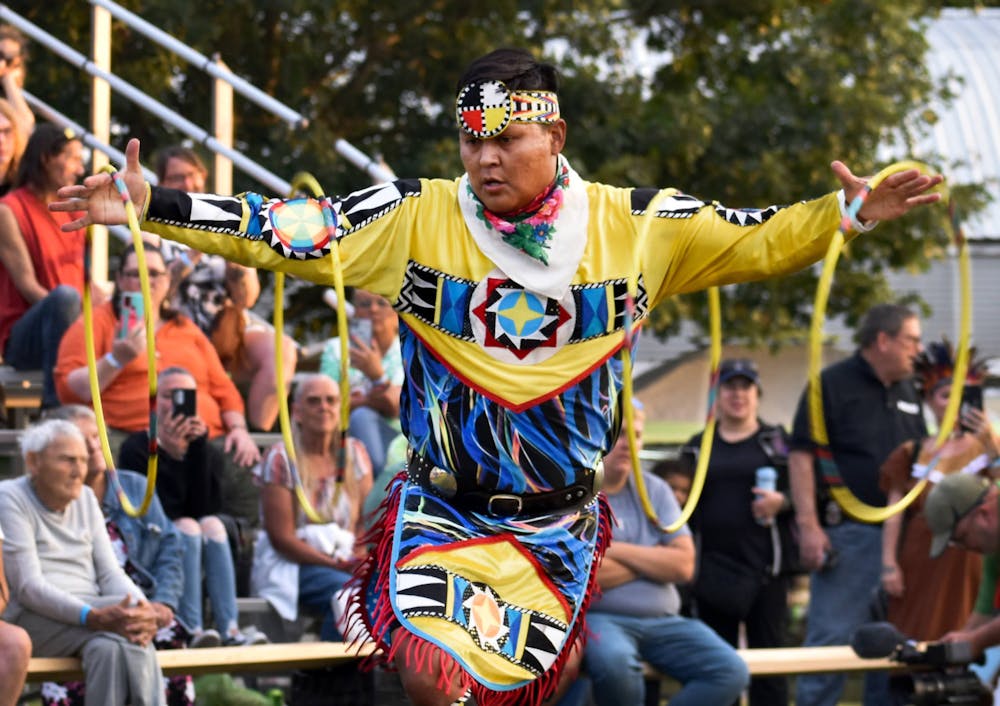
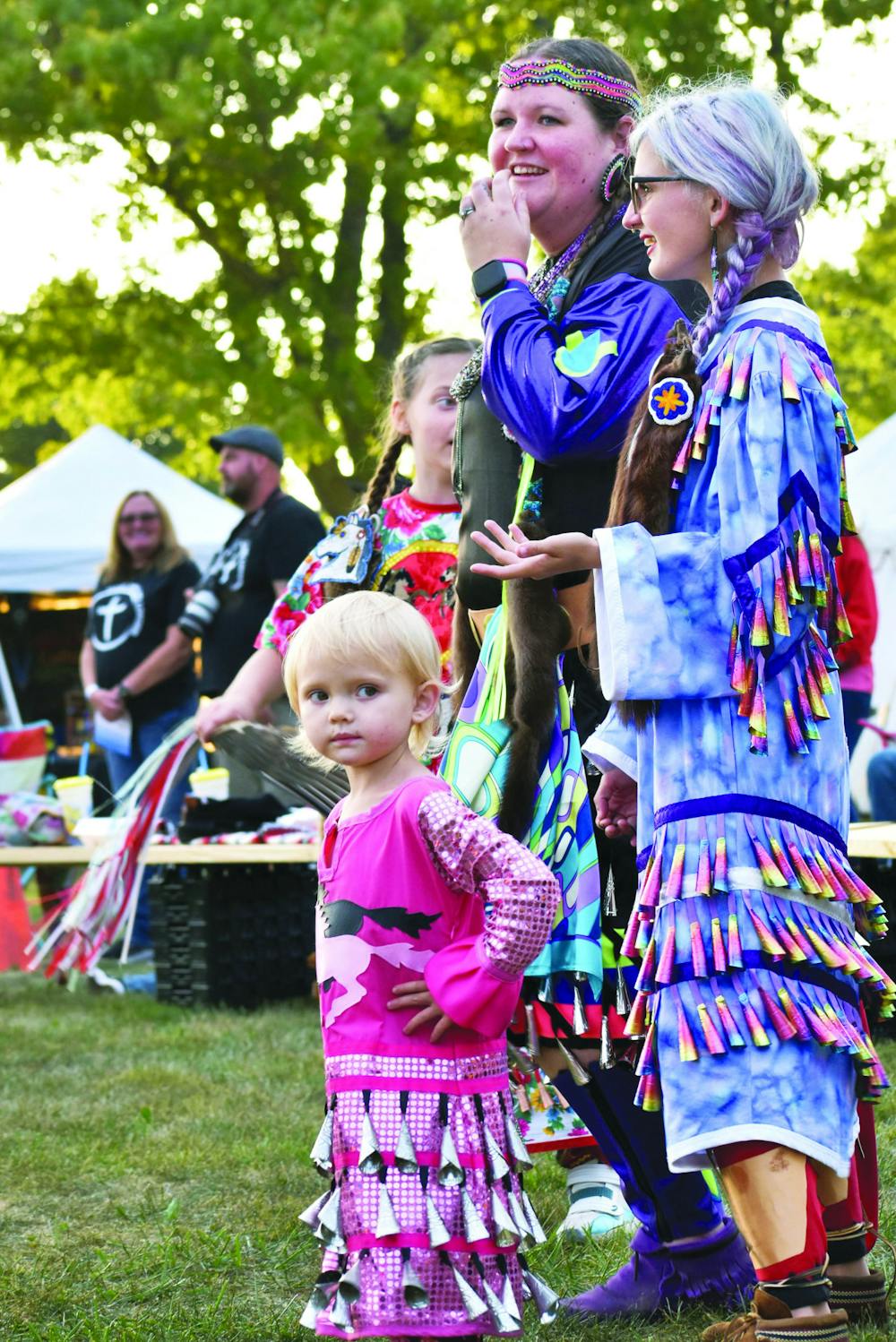
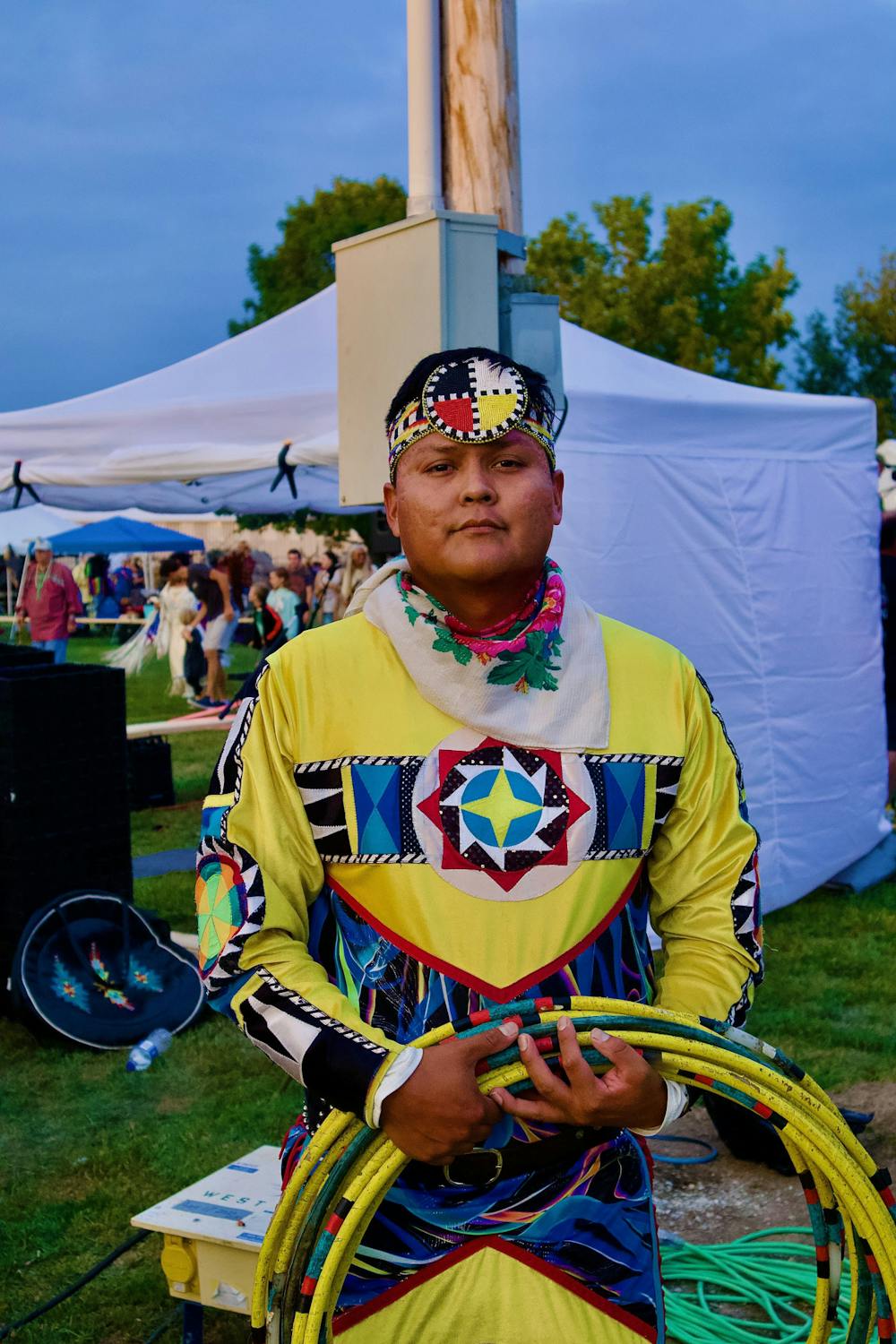

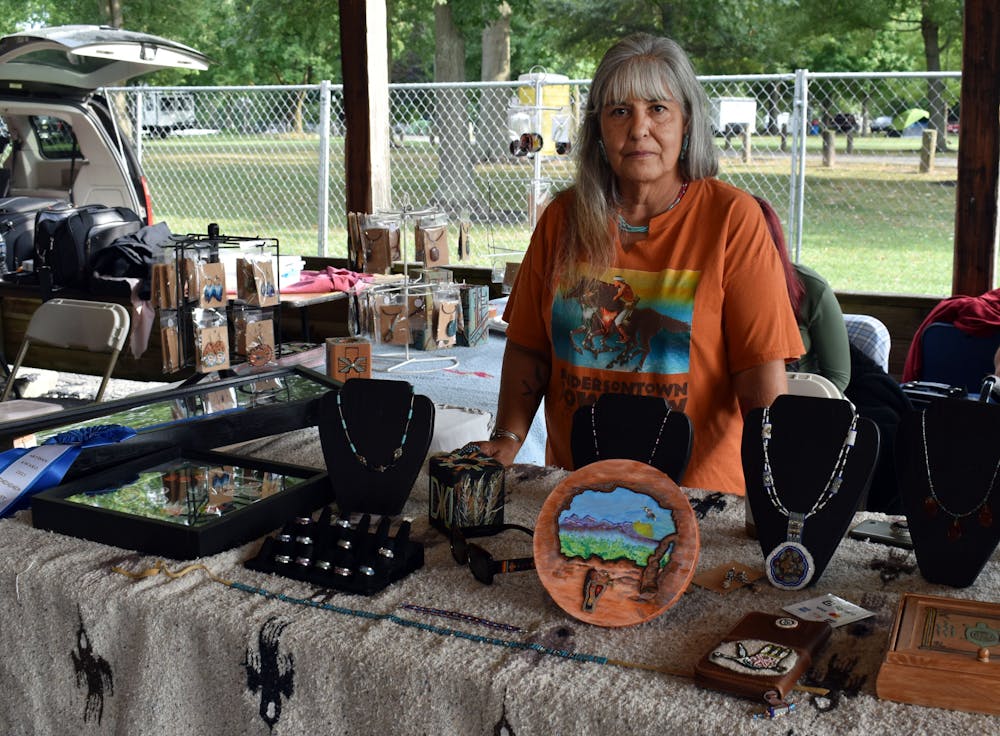
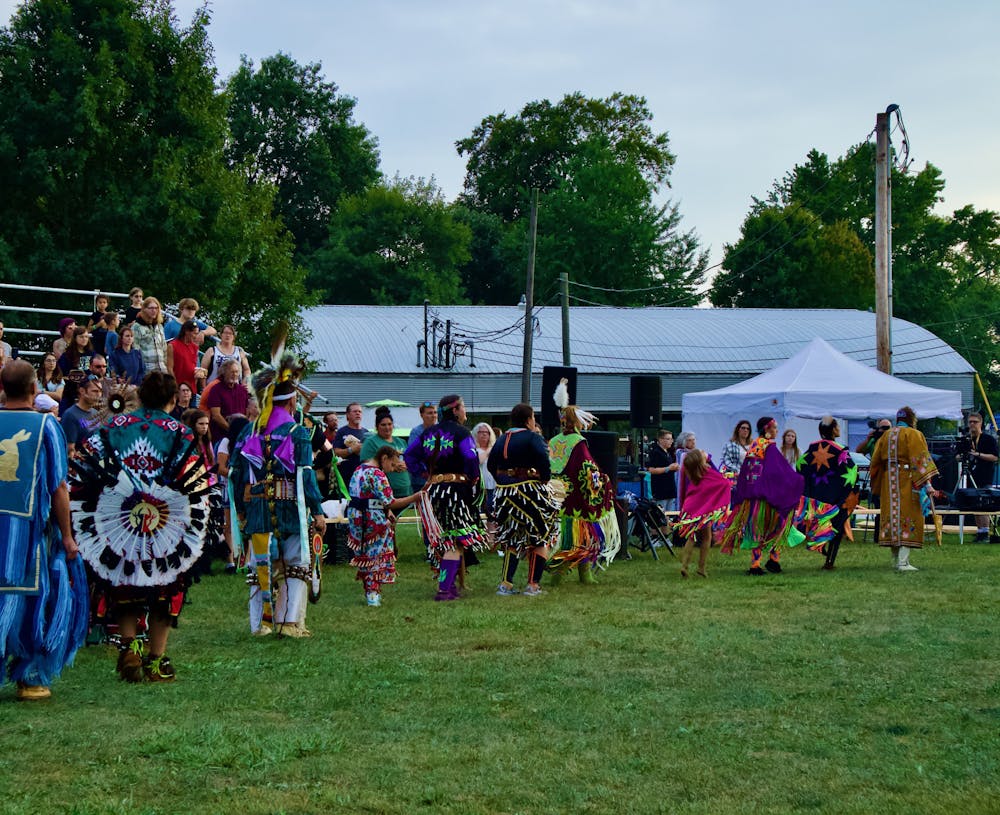
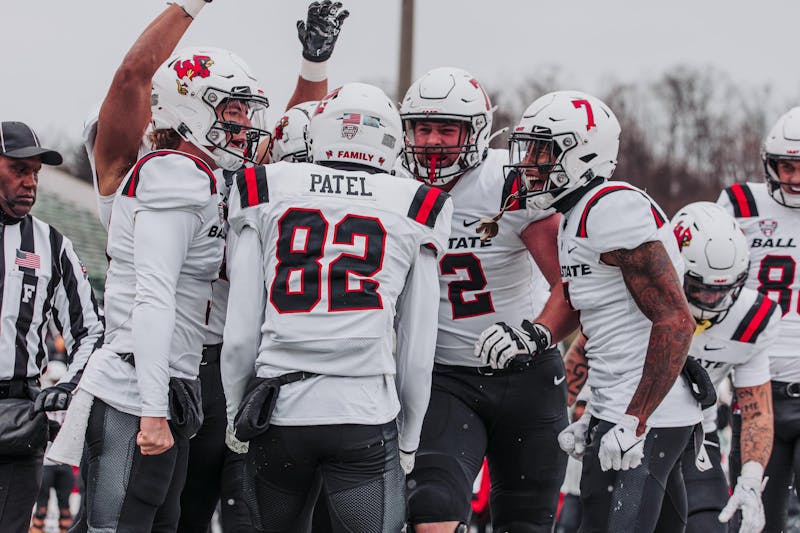
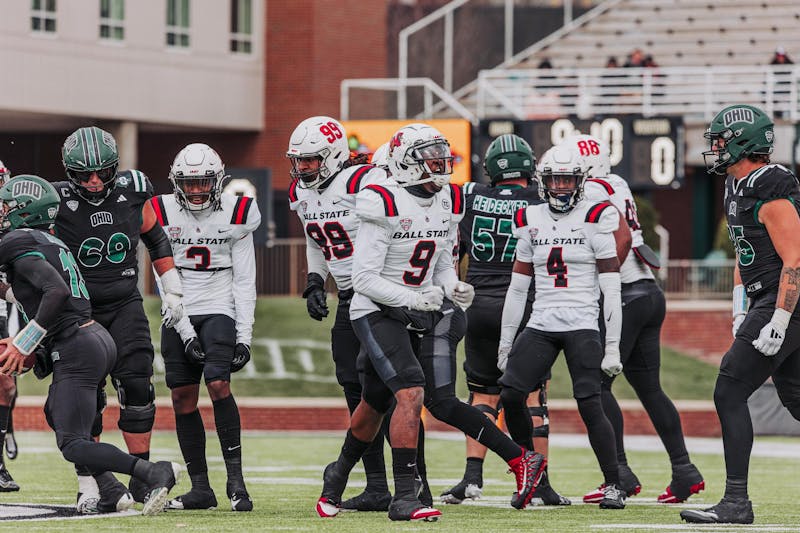
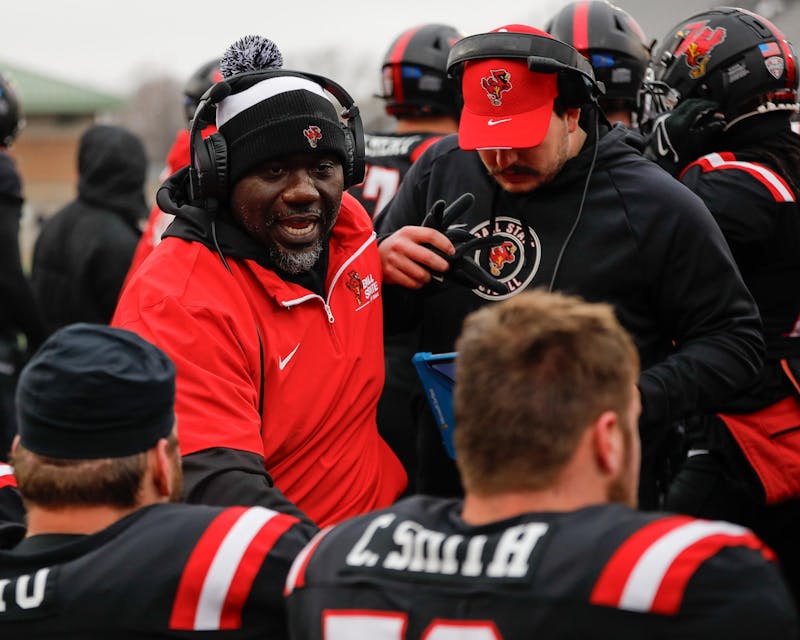
The Daily News welcomes thoughtful discussion on all of our stories, but please keep comments civil and on-topic. Read our full guidelines here.